
Addis Abeba had been sweltering for most of May. The heat was unlike anything residents had experienced in a long time. The tables turned almost overnight. Looming clouds brought a sudden and unwelcome chill. The rainy season arrived early if the persistent showers in early June were any indication.
This abrupt change was a shock to the system. The gloomy skies and wet weather felt oppressive after the scorching heat. Commuting became a nightmare, especially during rush hour. Traffic jams were bad enough, but rainy days made road conditions treacherous and accidents more frequent. I developed a knack for predicting accidents, like many others, based on the intensity of a traffic jam.
The Ayat to Bole road was particularly notorious, and an accident there could strand someone for an hour or more.
Another common woe for Addis Abeba motorists is flat tyres. Thankfully, the city has many roadside repair stations. However, these temporary fixes come at the cost of further delays and frustration. I fell victim to this cycle several times, only to be disappointed by substandard repairs and used tyres of questionable quality.
One rainy week in June, one of my tyres started losing air. I made numerous visits to roadside repair shops for air pumping and patches. The final incident occurred while driving on the permitted side of the road near the Civil Service College. With the help of construction workers, I changed the tyre to the spare. However, I did not realise the lengthy amount of time spent stranded on the opposite side of the road which became off-limits due to the 1:00 PM curfew put me at fault. Despite explaining my situation, I was ticketed.
Back home, I contacted my usual tyre repair shop for another patch, this one was guaranteed to last until I could buy a replacement. Unfortunately, they had none of their usual used tyres available, which I had purchased before for around 3,000 Br each. These used tyres inevitably needed repairs themselves after a short while. While the patch job would hold me over for a few weeks, I knew it was not a long-term solution.
The next morning, the patched tyre went flat again. Back in the throes of rush hour traffic, I had to change it once more.
This experience finally convinced me to invest in a brand-new tyre from a reputable shop. The difference was night and day. Gone were the days of cumbersome roadside repairs with mallets and technicians jumping on the wheel. The clean workshop, with its proper equipment and neatly uniformed staff, instilled a sense of professionalism. Surprisingly, the cost of a new tyre was not much more than what I had already spent on used ones and repairs. It was a clear case of "cheap is expensive" when considering the wasted time, inconvenience, and additional repairs associated with used tyres.
With a reliable tyre in place, I could now focus on the other challenges Addis Abeba's rainy season brings. Good tyres are essential during the rainy season, but so are working windshield wipers. Poor visibility due to rain can be deadly. Potholes transform into hidden dangers, and some cars end up submerged or with broken wheels. The combination of rain and chaotic traffic creates a recipe for accidents and delays.
Addis Abeba's roads are a complex ecosystem, patrolled by traffic police, road management, volunteers, and traffic lights. The ever-increasing number of pedestrians waiting in long lines at taxi and bus stops further complicates the situation. One rainy day, I offered a ride to a couple with luggage whom I recognised from near the Brass Hospital. As they approached my car, several others rushed forward. I politely declined and drove the couple through the heavy traffic to the Megenagna area. They missed their flight due to the gridlock while their friends had landed safely in Bahir Dar city – a 45-minute flight.
Another reminder of the city's transportation woes came while I was searching for a channel. A local program featured a young journalist interviewing passengers in minibus taxis. The complaints ranged from surge pricing to overcrowding and rude drivers. Everyone agreed on the need for a better system, including fare controls, staggered work hours, and stricter enforcement of regulations. The most common theme was the vast gap between supply and demand, despite the growing number of public buses, and the light rail system. Transportation costs consume a major portion of household income, not to mention the mental strain of navigating the daily chaos.
With the relentless rain come not just logistical struggles but a deep emotional toll for Addis Abeba's commuters. The daily grind of traffic jams, overflowing buses, and the constant threat of breakdowns becomes a test of patience and optimism. A sense of helplessness can set in, as individuals feel like cogs in a machine they have no control over. The stress of navigating chaotic conditions can even lead to anger, with tempers flaring between pedestrians, drivers, and passengers.
As the grey skies settle over Addis Abeba, life goes on. Motorists and pedestrians face their daily challenges. Roadside repair shops and public transport providers brace for a busy season. Traffic jams, honking horns, fender benders, and overflowing minibuses will be the norm. The relentless rain would not make things easier, but the city will persevere.
Perhaps the answer lies not just in improved infrastructure or stricter enforcement, but also in a collective shift in mindset. Public awareness campaigns promoting responsible driving and pedestrian safety could be a start. Encouraging staggered work hours to ease rush hour congestion and investment in improved drainage systems are crucial steps.
The TV program put forth a key idea: against all odds, being considerate of others goes a long way. There is a beautiful sentiment in the idea of putting oneself in others' shoes and prioritising empathy. With more goodwill, any problem can be addressed.
PUBLISHED ON
Jun 15,2024 [ VOL
25 , NO
1259]

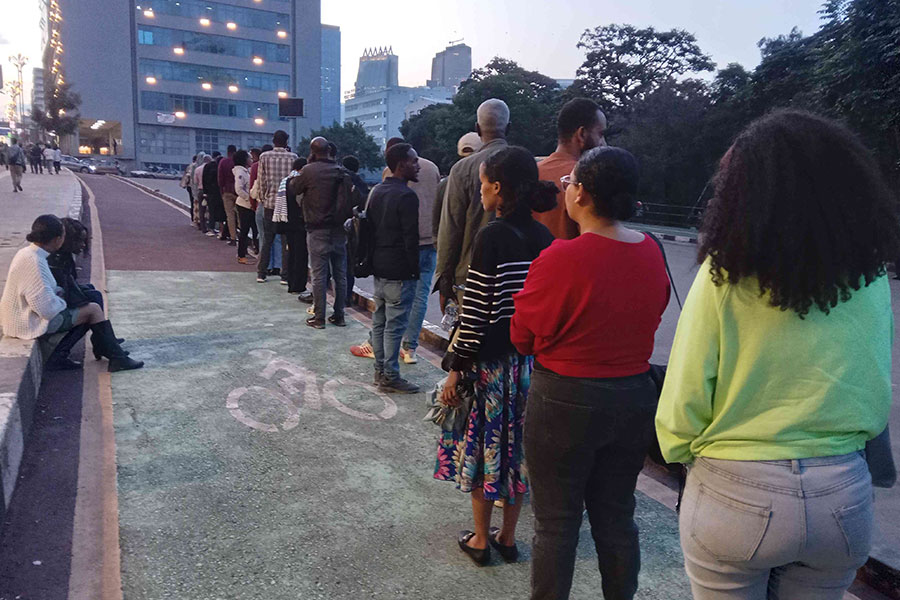
Agenda | Sep 27,2025
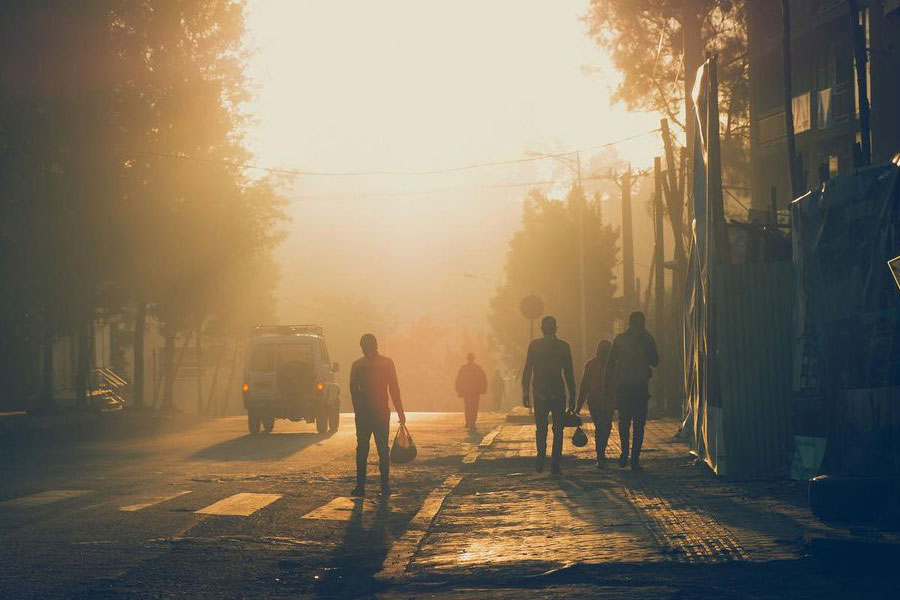
View From Arada | Dec 23,2023

Radar | Apr 08,2024

Radar | Oct 31,2020

Radar | Jun 27,2020
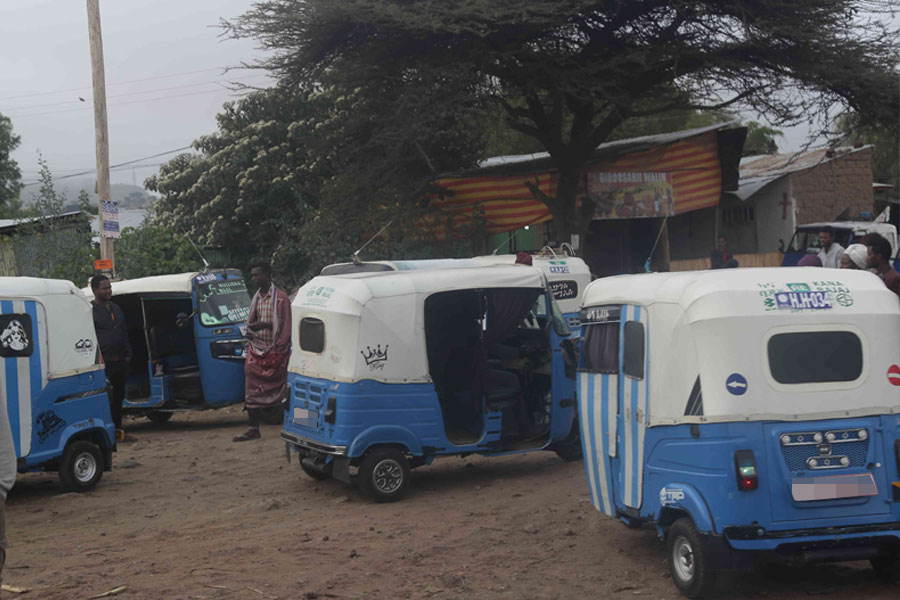
Fortune News | Dec 04,2022

Radar | Mar 09,2019

Fortune News | Dec 09,2023

Fortune News | Jun 03,2023
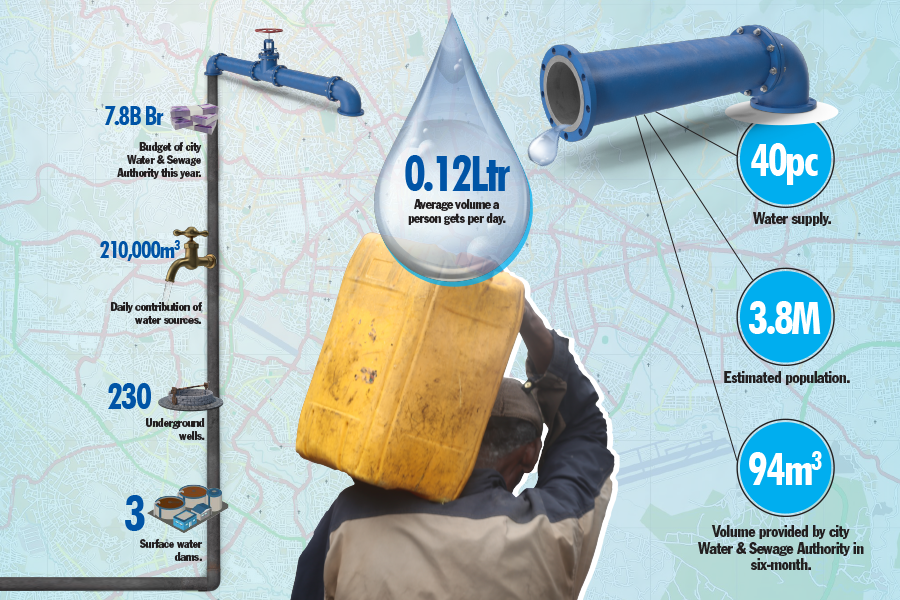
Fortune News | Mar 18,2023

Dec 22 , 2024 . By TIZITA SHEWAFERAW
Charged with transforming colossal state-owned enterprises into modern and competitiv...

Aug 18 , 2024 . By AKSAH ITALO
Although predictable Yonas Zerihun's job in the ride-hailing service is not immune to...

Jul 28 , 2024 . By TIZITA SHEWAFERAW
Unhabitual, perhaps too many, Samuel Gebreyohannes, 38, used to occasionally enjoy a couple of beers at breakfast. However, he recently swit...

Jul 13 , 2024 . By AKSAH ITALO
Investors who rely on tractors, trucks, and field vehicles for commuting, transporting commodities, and f...

Oct 11 , 2025
Ladislas Farago, a roving Associated Press (AP) correspondent, arrived in Ethiopia in...

Oct 4 , 2025
Eyob Tekalegn (PhD) had been in the Governor's chair for only weeks when, on Septembe...

Sep 27 , 2025
Four years into an experiment with “shock therapy” in education, the national moo...
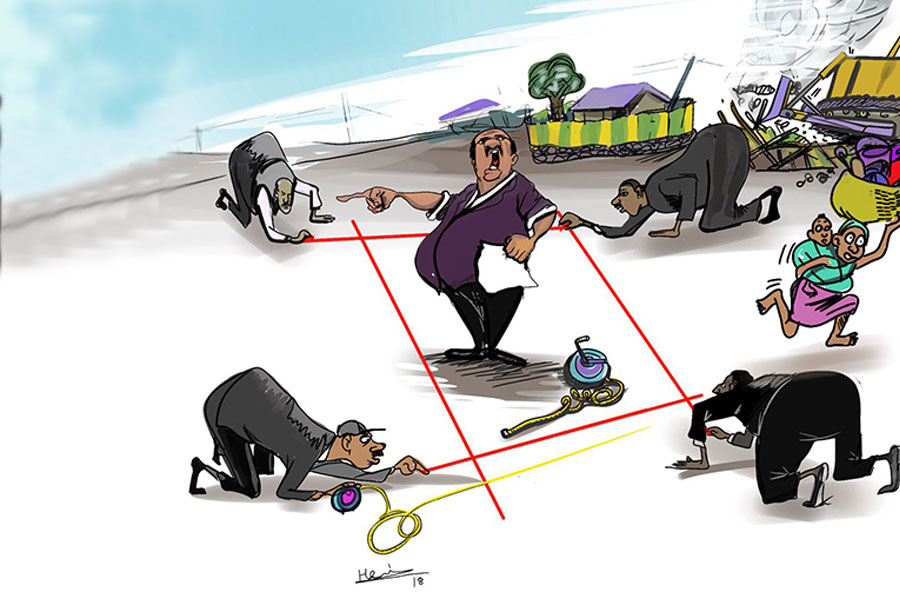
Sep 20 , 2025
Getachew Reda's return to the national stage was always going to stir attention. Once...